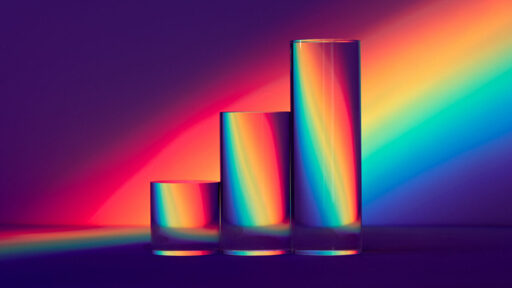- cross-posted to:
- technology@lemmy.world
- cross-posted to:
- technology@lemmy.world
New Spectral JPEG XL compression reduces file sizes, making spectral imaging more practical.
For further info, check this. Two things to keep in mind:
- your unaided sight doesn’t distinguish between a pure wavelength and a mix of wavelengths
- your sight only works for a rather narrow range of wavelengths, 380nm~750nm (violet~red)
And most of our tech and art are based on both limitations. For example, your screen outputs red (620nm), green (520nm) and blue (460nm) lights; it won’t output a pure yellow light (580nm), but who cares - you won’t notice the difference between that 580nm yellow and a mix of 620nm and 520nm anyway*. And image file formats were also made with that into account.
So far, so good. But this shit breaks once you need to take into account the actual wavelengths, instead of just replicating what you’d perceive as the same thing; the article mentions a few situations where this is relevant, but it’s mostly
- different substances and chemical elements emit specific wavelengths. This is useful to know the composition of something, or the presence/absence of a certain substance (like grease from merchant fingers messing with that precious Voynich manuscript)
- in specific light conditions, wavelength differences do make you notice things in a different way. Black flames are cool example of that.
So far this has been handled by a format called OpenEXR, that allows an arbitrarily large number of colour channels. So instead of having red/green/blue channels you’d have, let’s say: one channel for 900nm infrared, another for 899nm infrared, another for 898nm infrared […] 650nm red, 649nm red… […] 380nm violet, 379nm ultraviolet… yup. No wonder file sizes were so bloody big.
Doing some simple maths, if you were to use one channel per 1nm range, and stick only to the visible range, you’d have 370 colour channels. Yup - and it gets worse if you include IR and UV. No wonder image sizes were so big.
*NOTE: at least, not with unaided vision. If you wear thick glasses, and look at the source of light sideways, the red+green light mix forms two partially overlapping coloured “ghosts”, and the pure wavelength doesn’t. But it’s your glasses doing it, not your body.



